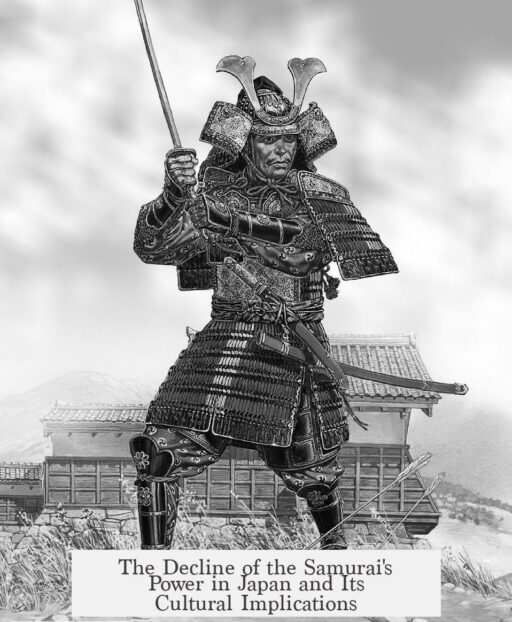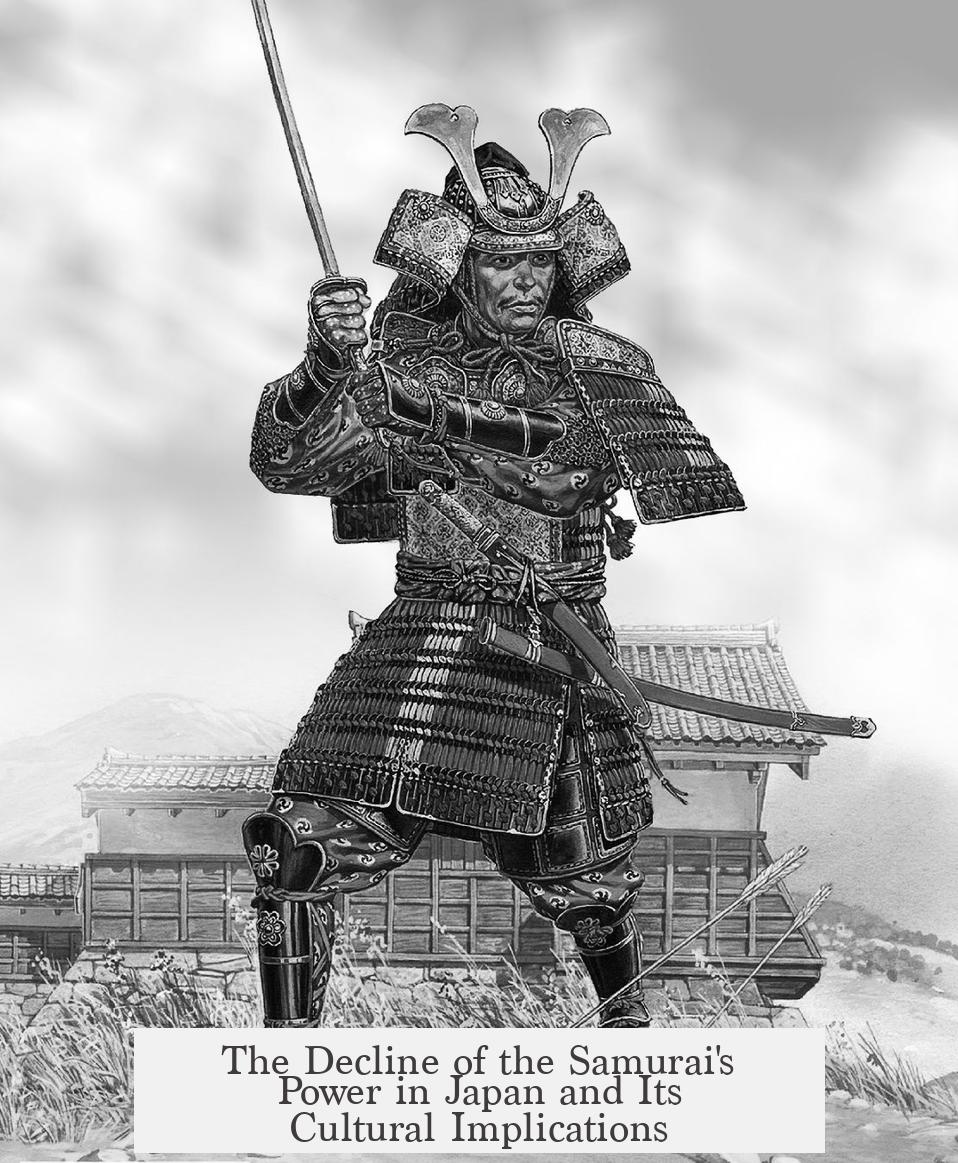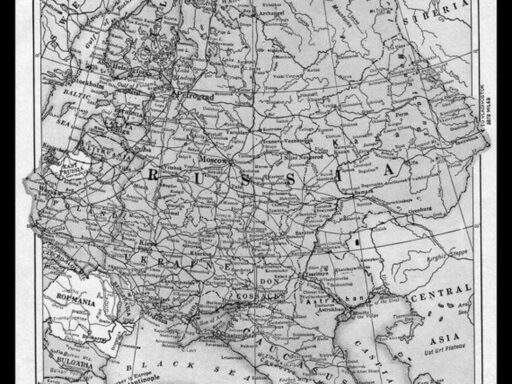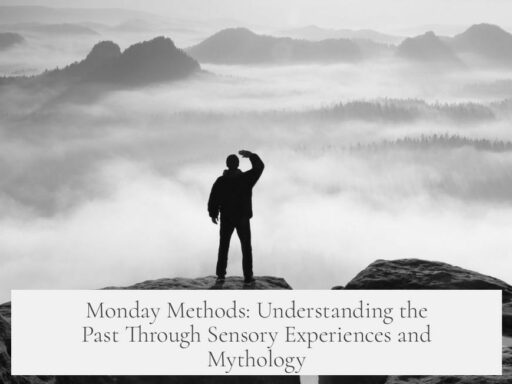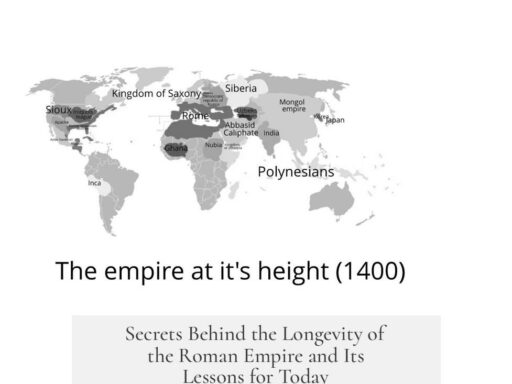The samurai class in Japan declined and became less important mainly due to social, political, and military changes from the Tokugawa period through the Meiji Restoration. Their warrior role diminished during the Tokugawa shogunate, and rapid modernization in the late 19th century eliminated their special privileges and military function.
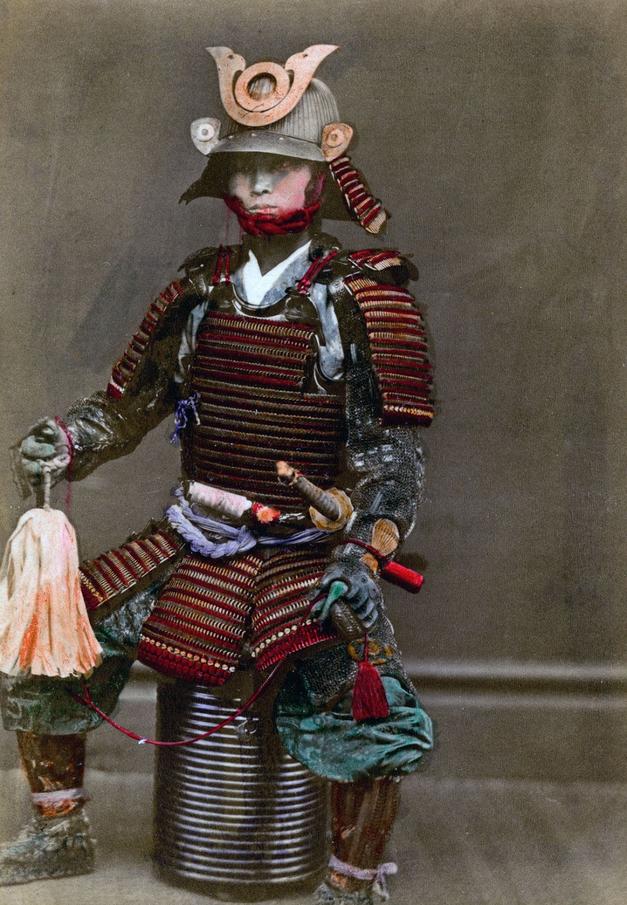
During the Tokugawa shogunate (1603-1868), Japan experienced an extended period of peace. The samurai shifted from active warriors to bureaucrats, administrators, and courtiers. Their military role faded as the country did not engage in major wars. This transition made the samurai more part of the ruling class than a fighting force.
By the mid-19th century, Japan was forced to end its isolation and began rapid modernization. The government dismantled the feudal military system based on samurai warriors and adopted a Western-style military relying on conscription. The samurai lost their exclusive role as the country’s military backbone.

The Meiji Restoration in 1868 accelerated these changes. The new government stripped samurai of their privileges:
- Elimination of government stipends that served as their income
- Loss of exclusive right to wear swords in public
- Abolishment of their legal immunity, meaning samurai were no longer above the law
- Removal from official military positions
These reforms angered many samurai, culminating in the Satsuma Rebellion of 1877. Samurai forces attempted to resist modernization and the loss of status but were decisively defeated by the modernized, conscript army using industrialized weapons. This defeat proved the obsolescence of samurai military methods.
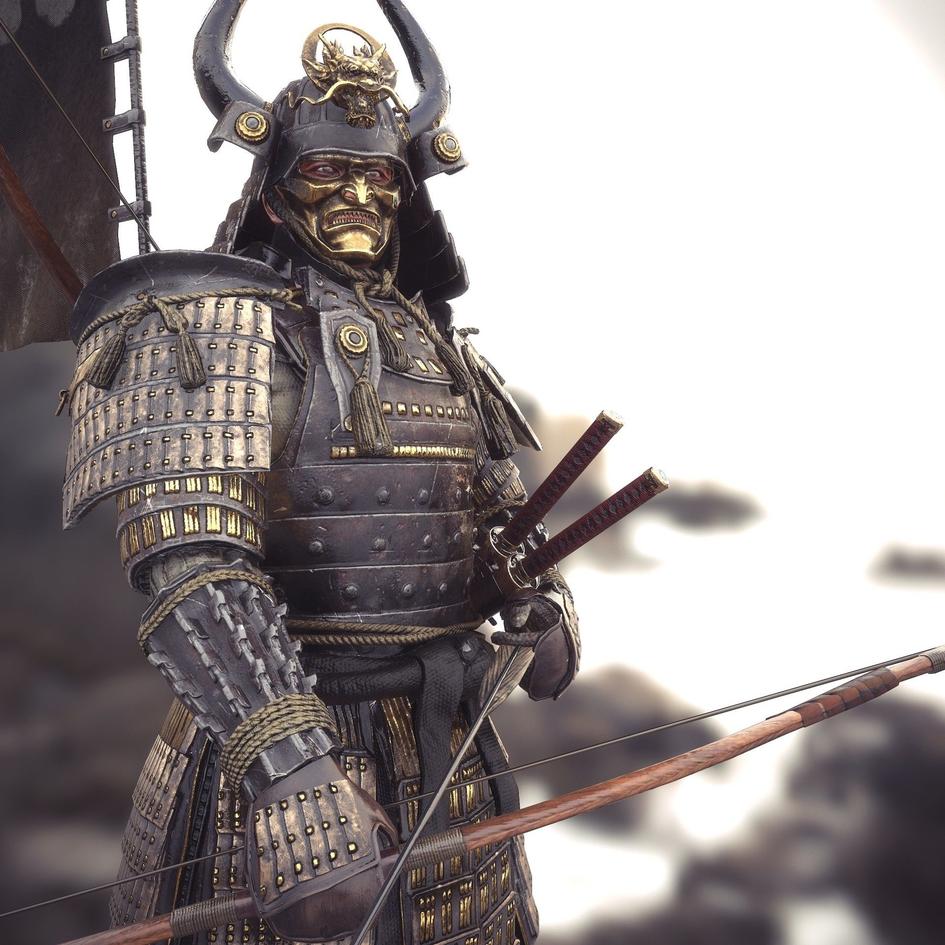
Subsequent to this defeat, formal class distinctions in Japan were abolished. The samurai class disappeared as a distinct social and military group, fully replaced by the new societal order emphasizing industrialization and equality under the law.
| Key Factor | Impact on Samurai |
|---|---|
| Tokugawa Peace | Shift from warriors to administrators |
| Modernization & Westernization | Dismantling of feudal military; conscript army |
| Meiji Restoration Reforms | Loss of privileges, income, and military power |
| Satsuma Rebellion | Failed armed resistance to change |
| Abolition of Class System | End of samurai social status |
- The samurai ceased to be warriors and became government officials during peace.
- Western-style conscription replaced their military role in the 19th century.
- Meiji policies removed samurai privileges and income.
- The Satsuma Rebellion showed the military weakness of samurai forces.
- Formal class distinctions ended, dissolving the samurai as a distinct social group.
How Did the Samurai Die Out or Become Less Important in Japan?
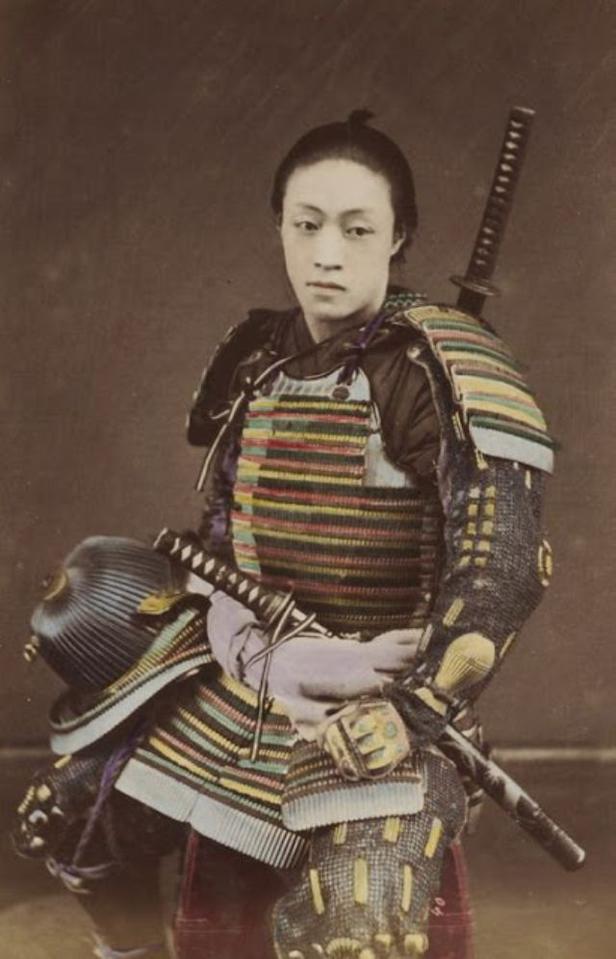
The samurai died out or became less important in Japan primarily because of Japan’s rapid modernization during the Meiji Restoration, which stripped them of their military roles, privileges, and income, transforming the social and political landscape completely. Let’s unpack the journey from sword-wielding warriors to bureaucratic shadows and how historical forces pushed this class aside.
The story starts with the Tokugawa Shogunate, a time when samurai didn’t just swing swords all day. Surprisingly, during this prolonged peace, samurai mostly became bureaucrats and administrators. This wasn’t a sudden drop but a transformational shift—samurai began wearing official robes instead of armor. Their battlefield glory gave way to paperwork and court politics. It’s like if top soldiers today suddenly became government clerks without much fight.
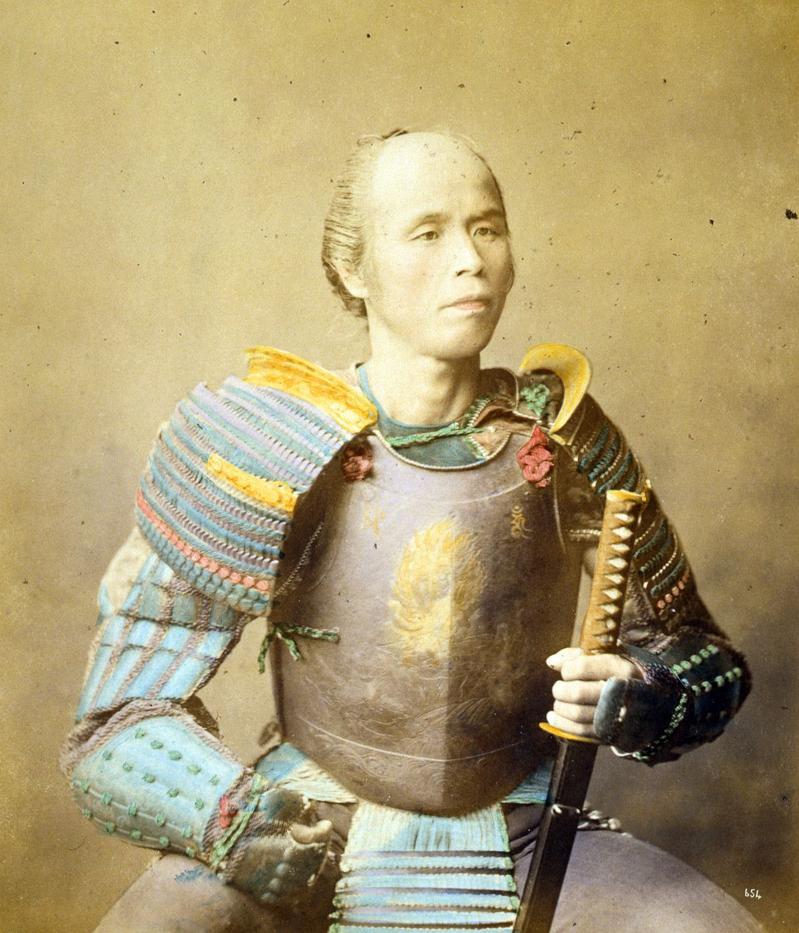
This early change set the stage for what was to come. Samurai had to adapt to life without wars but enjoyed steady salaries and social status for a while. Yet, this peace was fragile, and the gates of Japan’s isolation were about to burst open.
By the mid-19th century, Japan was forced to end its centuries-old isolation policy, and everything shifted fast. Rapid Westernization and modernization swept through Japan. The feudal military model, where samurai formed the core army, was dismantled. Instead, Japan built a modern, conscripted army modeled after Western countries.
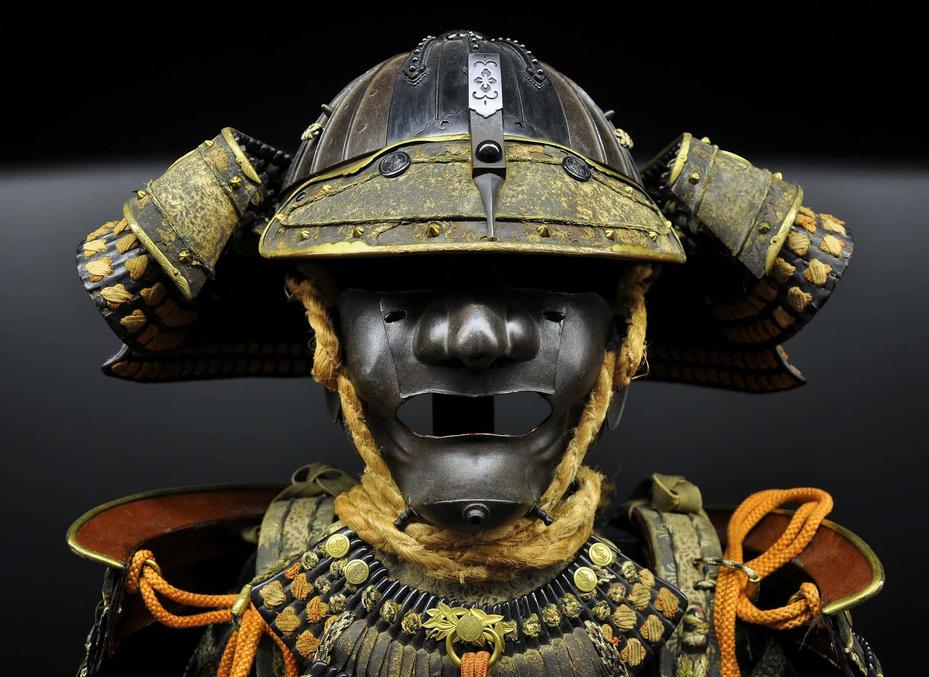
Now imagine a samurai, who once prided himself on personalized combat skills and loyalty, staring at a new army full of rifles and conscripts. Their military significance plummeted almost overnight. They couldn’t compete with industrialized weapons and organized infantry. Samurai became relics in a modernizing world.
The foundational blow came with the Meiji Restoration. The government didn’t just modernize the army—they purposely stripped samurai of their political power and social status. Traditional privileges like government stipends were cut, swords—the symbol of samurai status—were banned in public, and their legal immunities vanished. Samurai couldn’t legally kill a commoner anymore without consequences. To a proud warrior caste, this was devastating.
It’s like getting fired, losing your paycheck, and being told you can’t even keep your uniform. Suddenly, they were ordinary citizens—and many found this unacceptable.
The dissatisfaction boiled into the Satsuma Rebellion of 1877, the last stand of samurai against the inevitable. Samurai-led forces tried to resist the new government. But the rebellion ended quickly and decisively; the samurai were routed by Japan’s modern, industrial army. This clash wasn’t just a battle; it symbolized the utter futility of the samurai way against progress and technology.
With the failure of this rebellion, the samurai’s political and military power evaporated. Formal class distinctions that had underpinned Japanese society, keeping samurai in their elevated position, vanished soon after. Japan moved toward a more egalitarian society in legal terms, making the samurai obsolete.
Why Did This Happen So Quickly?
The samurai didn’t vanish overnight or due to a single event. Instead, their decline was the result of overlapping forces. Here’s a quick timeline of factors:
- Extended Peace under Tokugawa: Shift from warrior to bureaucrat roles, eroding traditional combat functions.
- End of Isolation & Forced Opening: Japan confronted western military advances it couldn’t ignore.
- Meiji Restoration: Legal abolition of samurai privileges including stipends and carrying swords.
- Satsuma Rebellion: Final military challenge, defeated by modern army technology.
- End of Class Distinctions: Shift to modern social order, no special status for samurai.
What Does This Mean for Japan’s History and Culture?
The samurai’s decline freed Japan from feudal fragmentation and helped build a centralized, industrial nation ready for the 20th century. Still, the samurai left a deep cultural imprint. Their values—loyalty, discipline, and honor—became part of Japan’s modern identity. These ideals survive in martial arts, business ethics, and popular culture worldwide.
So, while samurai as a military caste **died out**, their spirit didn’t vanish easily. It simply evolved and found new outlets. Think of it as a phoenix reborn, trading swords for pens and rifles for policies.
Could the Samurai Have Survived Otherwise?
It’s tempting to wonder if the samurai could have adapted differently to survive longer. Could they have embraced modernization instead of resisting? Perhaps if they had evolved into a modern officer corps or accepted reforms earlier, their class might have persisted in a new form. But given the urgency of Japan’s survival against Western imperialism, rapid dismantling was deemed necessary.
Resistance, like the Satsuma Rebellion, only sped up their demise.
Final Thoughts
The samurai’s demise traces back to Japan’s urgent need to transform during the 19th century. Prolonged peace turned them into bureaucrats, foreign pressure forced modernization, and revolutionary reforms stripped their privileges. Their backlash was crushed by a modern army. The samurai’s story is a brilliant reminder that no matter how powerful a tradition, social and technological change can rewrite a society’s rules fast and unforgivingly.
For anyone fascinated by the samurai, it’s vital to understand they didn’t simply vanish; they were reshaped, repurposed, and quietly woven into the fabric of modern Japan.
